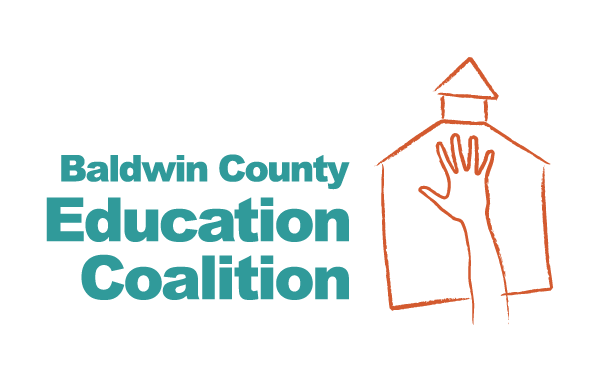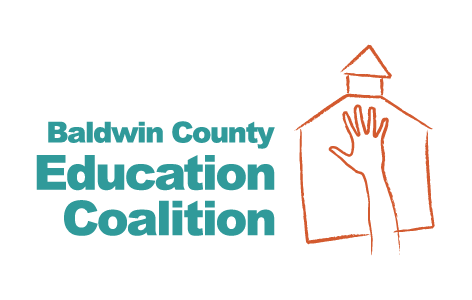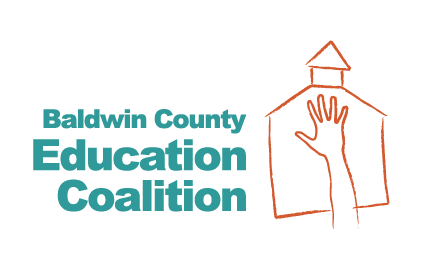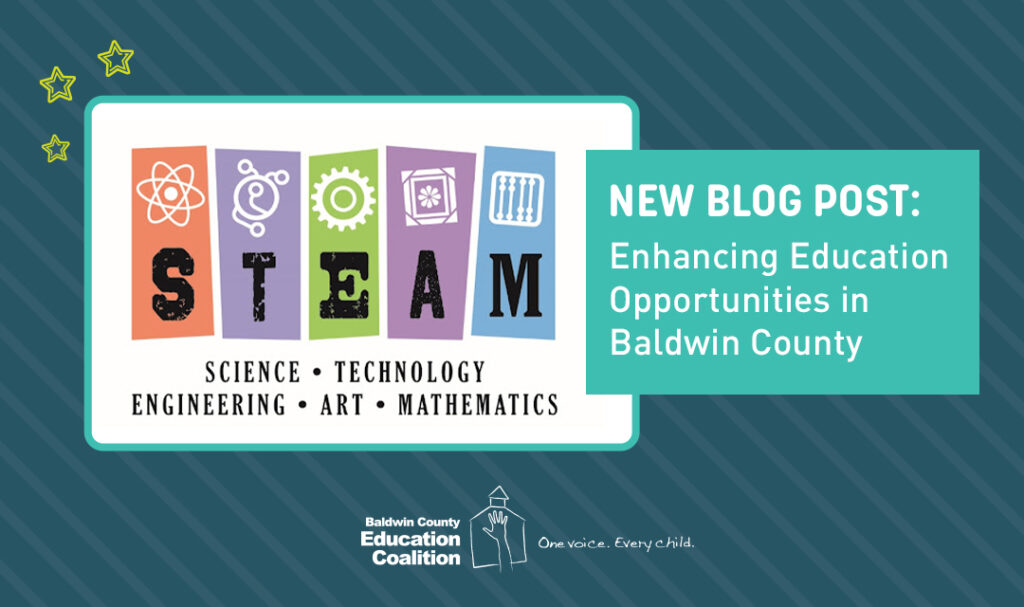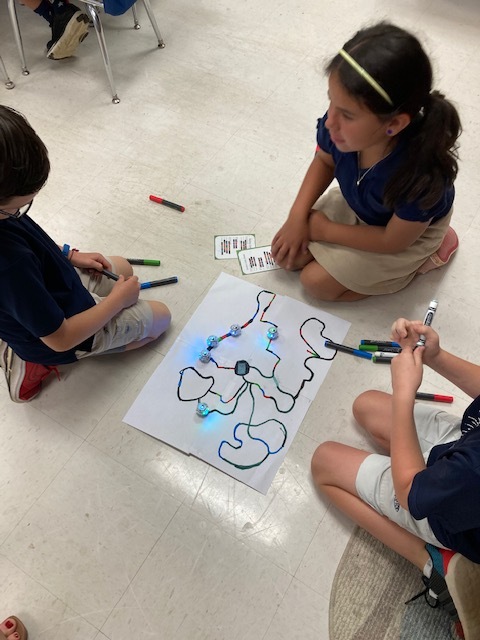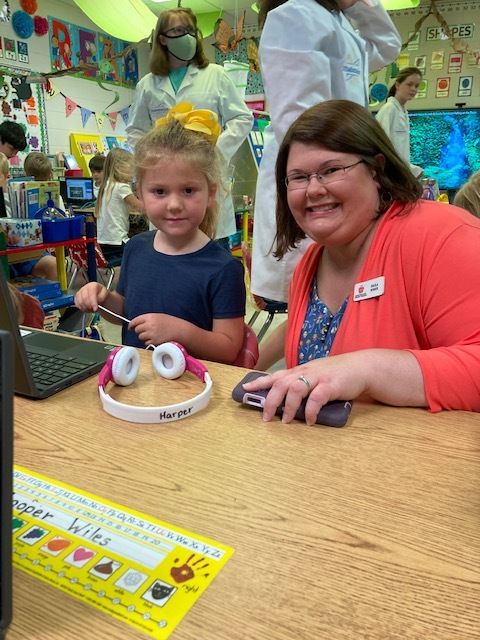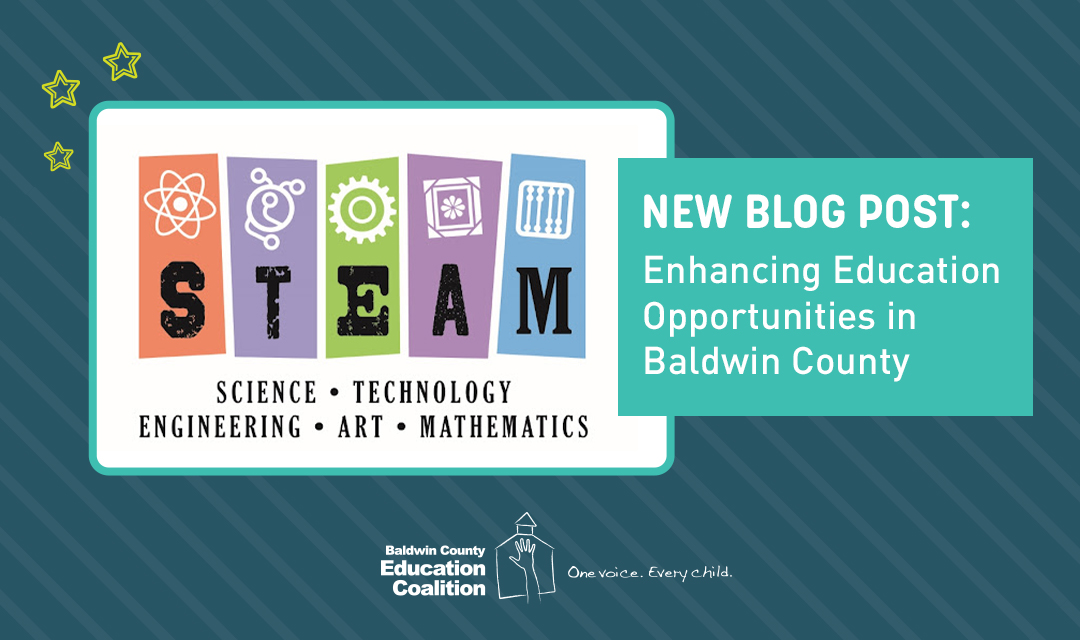
29 Sep Enhancing Education in Baldwin County
STEAM is a comprehensive approach to classroom learning that uses Science, Technology, Engineering, the Arts and Mathematics as the access points for student-guided learning, dialogue and critical thinking. In Baldwin County, Fairhope East Elementary and Florence B. Mathis Elementary have become STEAM certified schools, working to teach their students to take thoughtful risks, engage in experiential learning and persist in problem-solving. We sat down with STEAM certified educators and coaches at both schools to get a better understanding of STEAM practices in their classrooms, and how more schools can become certified.
The ultimate goal of integrated STEAM practices into the classroom and schools becoming STEAM certified is to encourage students to take a vested interest in their learning at an early age. Part of what makes STEAM such a special practice when it comes to educating, is that a STEAM certified classroom is a student-led environment where students are able to have more control over their learning, therefore making them more apt to be involved and interested in their schooling. Florence B. Mathis Elementary principal Dr. Shannon McCurdy was an integral part of ensuring that her school was STEAM certified, and says that the most crucial piece to becoming certified is making sure that your school matches the STEAM standards. “We sat down and looked at every single standard, and, working together as a team, we saw how we wanted to meet those standards and how we could best involve our students,” says McCurdy.
STEAM certification varies state-to-state and there is not a singular, national professional certifying organization for STEAM educators, however, most schools and educators earn their credentials from a private organization. The standard that makes STEAM schools and education stand out from the traditional learning environment is that all STEAM subjects are not taught as separate subjects, rather, STEAM is woven into the curriculum in order to allow educators to show students how the subject is related, not only to each other, but to every subject and discipline in everyday life. STEAM learning connects the students to the “real world” in more tangible ways than the traditional classroom environment, challenging educators to provide students with educational experiences that are hands-on, collaborative and open-ended allowing students to use critical thinking skills to make their own interpretations and reach their own conclusions. The ultimate goal of this type of learning is to present lessons and STEAM principles in a way that helps students relate them to everyday life- using real-life scenarios to enhance the curriculum.
Knowing every school and every student is different, McCurdy adopted STEAM for her school because she related to an approach to learning that recognized the differences in students’ interests. “In the research that I did prior to becoming a STEAM certified school, one of the things that resonated with me was that every school’s approach to supporting the standards were different,” McCurdy says. “Each school is unique in where we are with our needs may be different from other schools, but what we incorporated was based on our students’ interest in the community.” McCurdy looks for increased student engagement in lessons and cooperative learning between teachers and students. According to her, the teacher becomes the facilitator of learning and presents students with a problem and allows them to brainstorm a resolution to the problem, follow through to the resolution and improve upon that resolution. “Learning begins with problem-solving, and having all students participate and teaching them how to ask questions and form resolutions is important to the process,” McCurdy says. Having a successful STEAM learning environment all goes back to the standard of providing situations that relate back to everyday life and having students grapple with those situations in their own ways.
Similar to Mathis Elementary, Rose Wiles, Instructional Coach, and Lisa Hood, STEAM coach, of Fairhope East Elementary consistently work to focus on what is real and relevant to their students, trying to think about how what they are learning will impact their lives and how they can make those everyday situations authentic for students. “We want to take the skills the students learn in the classroom and make those skills come to life for them,” says Wiles. At Fairhope East, Wiles and Hood strive to create a learning environment that does not spoon-feed students, but rather teaches students how to become critical thinkers, able to solve problems on their own in the real world.
In order to bring real world experiences into their school, Wiles and Hood work to collaborate with community partners and local businesses to create real and relevant situations during school hours. “Recently we teamed up with Eastern Shore Broadcasting, and they helped us set-up live stream equipment to help the kids run their own live stream of the morning announcements,” says Wiles. “The AV team is able to work together and collaborate through trial and error in order to produce the live stream everyday.” Similarly, the Gifted Education Students at Fairhope East worked together to produce a garden and were able to create a market to sell their produce on campus. “The Pirate Patch garden is student-led, and it allows the students to create their own product and improve on how they work together,” says Hood.
Student voice and choice is an integral part of the STEAM learning at Fairhope East. “Our goal is to implement project-based learning in the STEAM lab at the school where students can determine what they want to study,” says Hood. For example, the students are currently passionate about the Alabama state insect the Monarch Butterfly, because it is endangered. “Because the Monarch Butterfly migrates through Baldwin County, the students built a recovery garden to try and help supply food for the butterflies,” says Hood. Additionally, creating this garden related back to even more real world concepts and learning when students look into the fact that the Monarch Butterfly is endangered due largely to pesticides and global climate change. This helps open up a dialogue between teachers and students and the students amongst each other about caring for our planet and all of the species that exist as a part of it.
STEAM certification has not required any additional funding for either Mathis Elementary or Fairhope. McCurdy, Hood and Wiles are confident that the certification should not take much longer than one year to complete, and that if other schools in Baldwin County started to research and look inward and their standards and current practices, they would likely see that they are closer to incorporating STEAM learning than they think. Both schools have seen tremendous benefits since becoming certified, including, but not limited to, improved student attainment and attendance, higher ACAP scores, student attitude towards learning, increased parental engagement and satisfaction and an increase in community engagement since partnering with local companies to provide real world learning experience. The most important thing to note and something that should make more educators more apt to supporting their school and becoming STEAM certified is that STEAM is not a curriculum or a program you have to incorporate, it is a way of teaching and a process for getting the most out of and providing the most for your students.
Wiles says, “The natural curiosity and wonder of children is not something we want to fight against. We want to explore that and give the students time to think about their interests and take some risks.” Students are being allowed to engage with what interests them most, and their teachers provide ways in which their interests have possibilities for them in the future. As McCurdy says, “Seeing this growth was exciting for us. Kids walking into school early and leaving later was enough for me to know the program is working. This is all worth it.”
